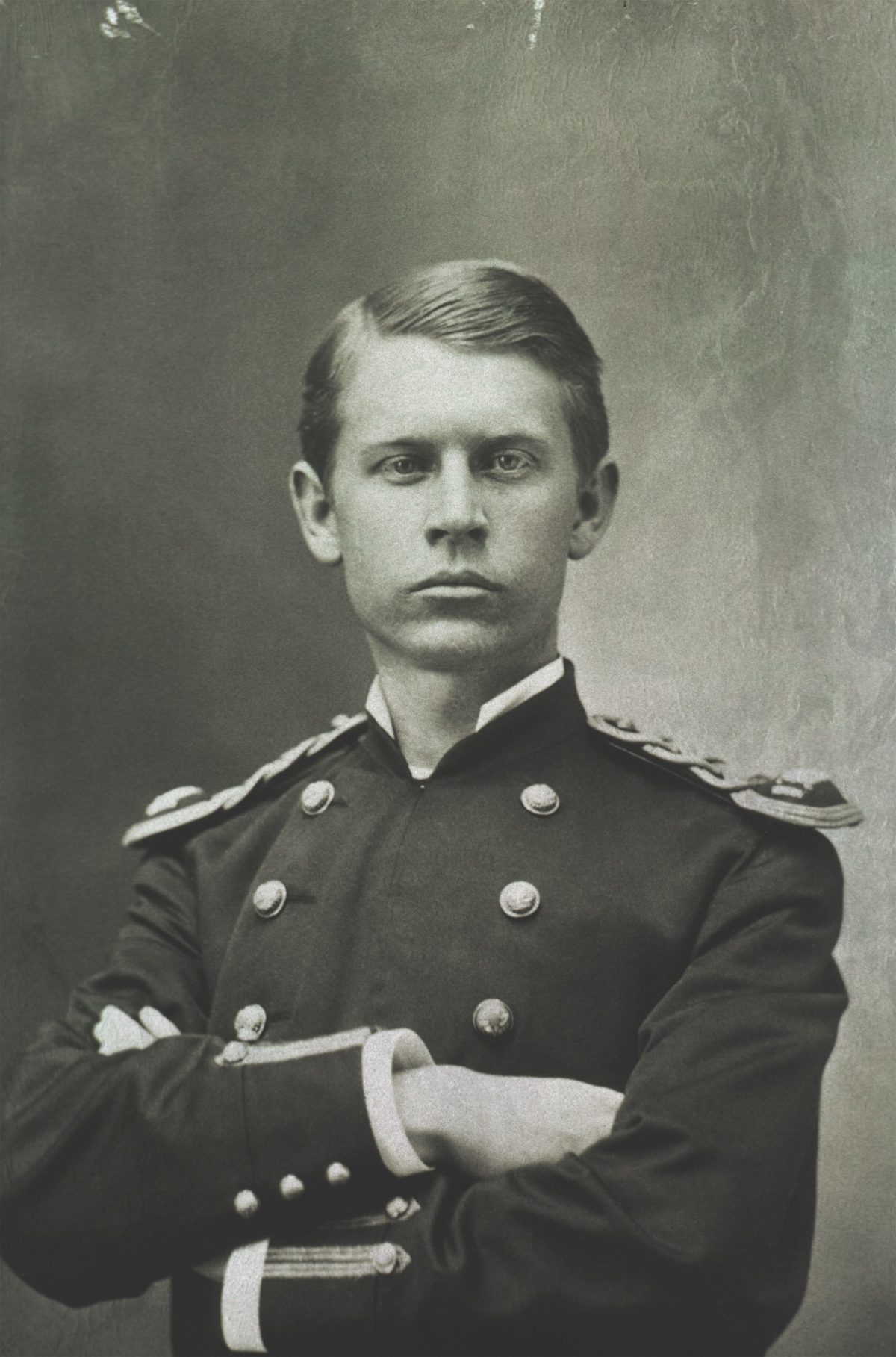The two 14-by-20-foot experimental shacks—built under the direction of U.S. Army Major Walter Reed, MD—sat 80 yards apart on a wide, grassy plain at Camp Lazear, near the town of Quemados, Cuba. Clusters of white canvas wall tents stood on either side at a respectful distance, like hospital visitors reluctant to approach the deathly ill.
From the outside, the shacks seemed ordinary. Their specially designed interiors, however, were anything but. Both were tightly sealed and fitted with screened double doors; visitors had to pass through tiny vestibules to reach the inner chambers. Building No. 1, heated to 95 degrees Fahrenheit, housed three beds, and, according to Reed, “three large boxes filled with sheets, pillowslips, blankets, etc., contaminated by contact” with diseased individuals.
But it was in Building No. 2, divided in two by a fine-mesh wire screen, that medical history was made on December 5, 1900. That day, at 2:30 p.m., Private John R. Kissinger entered one side, reclined on the only bed, and allowed himself to be bitten repeatedly by five hungry mosquitoes, each infected with the dreaded yellow fever.
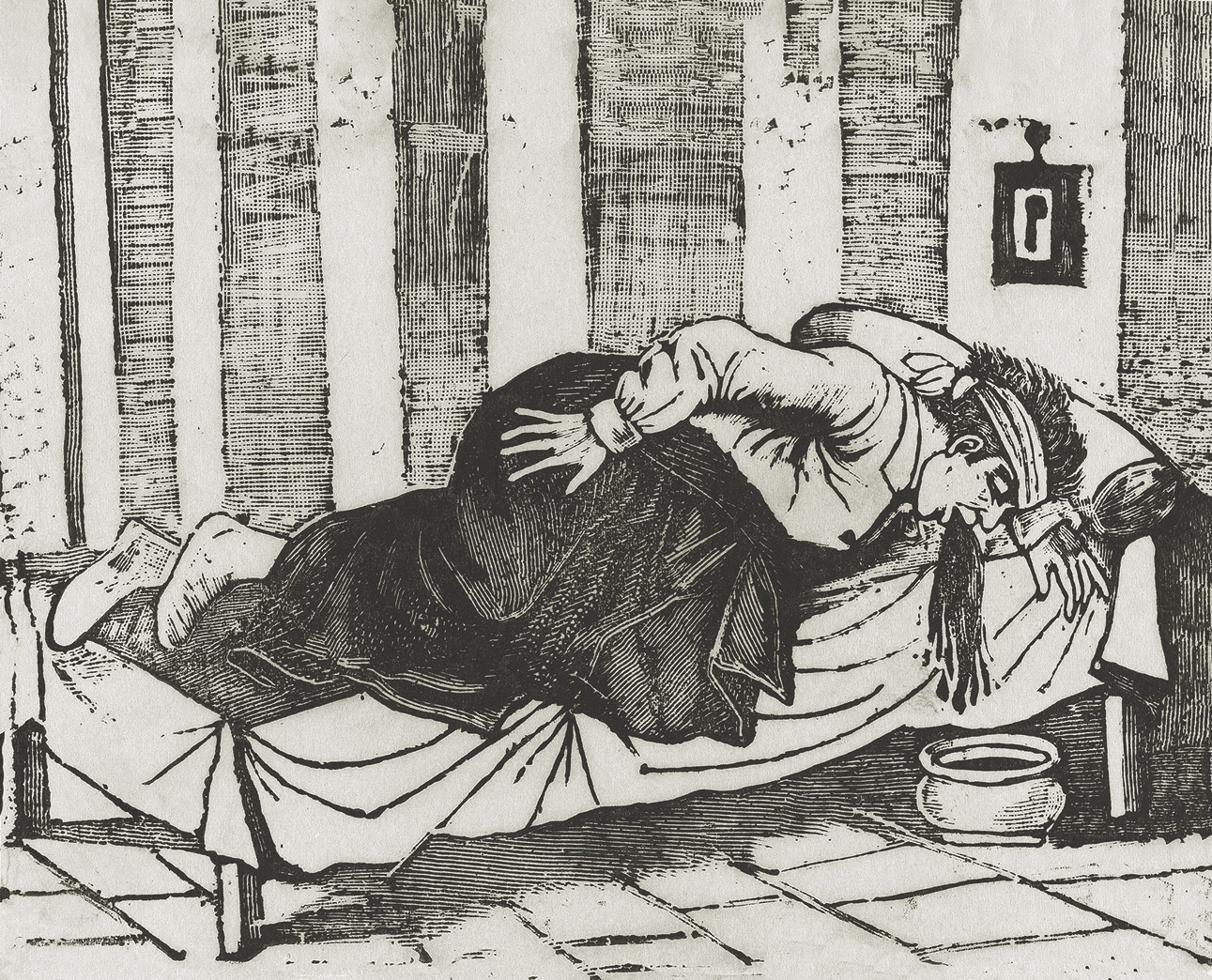
The last two decades of the 1800s witnessed an astonishing succession of medical discoveries. In 1881, Brigadier General George Miller Sternberg, a physician with the U.S. Army, successfully isolated the bacterium responsible for pneumonia, and the same year Louis Pasteur, a French microbiologist and chemist, produced a vaccine that prevented anthrax. Antitoxins were discovered in 1890, and in 1892 Theobald Smith, an epidemiologist and pathologist who served as the inspector of the U.S. Department of Agriculture’s Bureau of Animal Industry, first established that ticks spread Texas cattle fever.
But perhaps the most significant advance was made in the century’s final month by Reed, one of the greatest medical research scientists the world has ever known. It was the first momentous step in the eradication of yellow fever, a pestilence that had, over the previous century, taken the lives of 100,000 Americans. Imported to the United States from the tropics, yellow fever had ravaged port cities like New Orleans and Philadelphia—frequently killing 40 percent, or more, of those infected.
Walter Reed was born on September 13, 1851, in Belroi, Virginia, the son of a circuit-riding Methodist minister. While still young, he began displaying some of the traits for which he was later admired: self-control, a high sense of honor, and an insatiable thirst for knowledge. Reed’s early schooling was rather sporadic, but in 1866 the family moved to Charlottesville, Virginia, where he would study at the Charlottesville Institute, a one-building academy that prepared him for his next educational experience.
In 1867, at age 16, Reed matriculated at the nearby University of Virginia. Special dispensation was required because of his youth. That year, according to one of his professors, Reed studied Latin, Greek, and English literature, among other subjects.
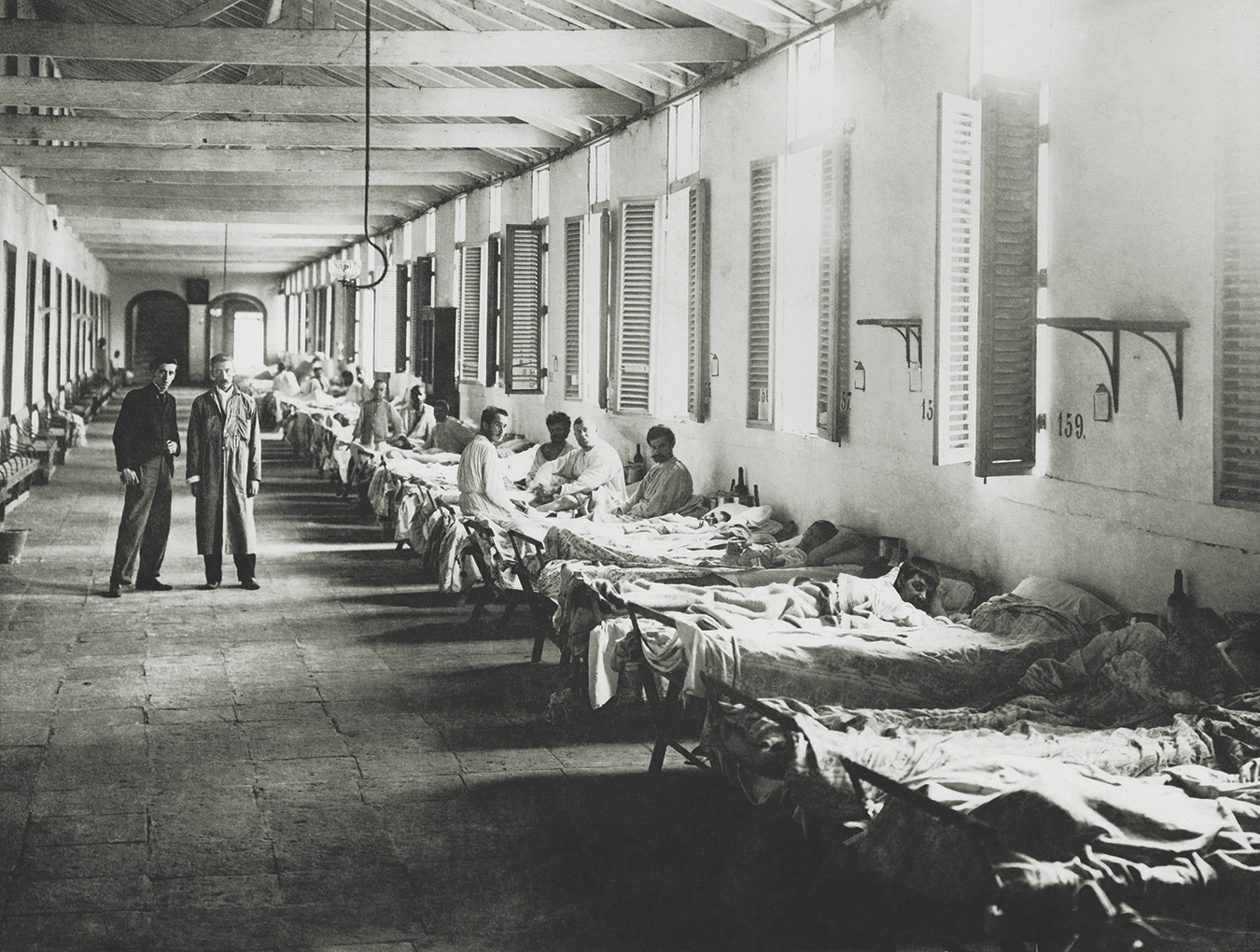
Reed wanted to stay the entire course at Mr. Jefferson’s university, but because two of his brothers were already enrolled there and his family’s resources were limited, he decided after his first year to ask the faculty to grant him a bachelor’s degree in the subjects he had already studied. Because he was so young, however, his request was refused.
Reed next inquired, in person at a faculty meeting, if he could be granted the degree of doctor of medicine—then requiring a two-year course of study—if he was able to pass the necessary examinations the following year. Thinking this an absolute impossibility, several of the professors agreed.
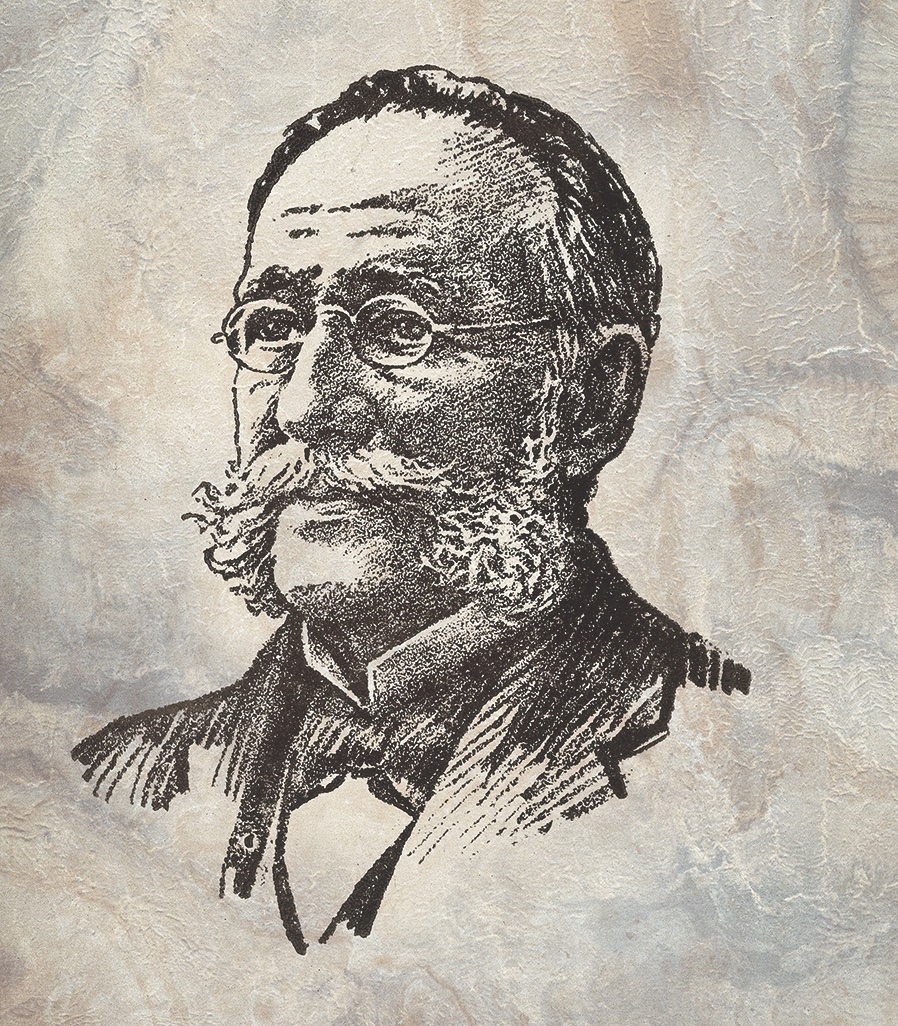
“Doctor,” Reed reportedly said to 60-year-old Socrates Maupin, a chemistry professor and chairman of the faculty, “you have heard these gentlemen. Will you see that I have my degree as MD if I make the required standard?” When Maupin answered that he would, Reed bowed to the other faculty members, gamely saying, “Gentlemen, I hold you to your promise,” and then walked out of the chamber.
Reed threw himself into his studies, which included courses in chemistry; medicine, which featured legal medicine and obstetrics; physiology and surgery; anatomy; and materia medica (pharmacy). As he handed Reed his diploma nine months later, in the summer of 1869, Maupin noted that the 17-year-old student was the youngest ever to graduate from the University of Virginia Medical School.
From Charlottesville, Reed traveled to New York City, where he earned a second doctor of medicine degree, at Bellevue Hospital Medical College, in 1870. Over the next five years he served his internship at various medical institutions in the city. Additionally, in 1873—at age 22—Reed was appointed one of the five inspectors on the Brooklyn Board of Health.
In 1874 Reed met his future wife, Emilie Lawrence, and made a career choice that eventually led to his world-changing research and the virtual eradication of yellow fever: He decided to enter the U.S. Army Medical Corps. With his typical determination, Reed resumed his studies and in February 1875 passed the grueling 30-hour examination to enter the medical corps. The following year, Reed and Lawrence married, and Reed was commissioned assistant surgeon with the rank of first lieutenant.
Reed’s illustrious army career began with years of monotonous garrison duty. In Arizona he served at Fort Lowell and Camp Apache. At these frontier posts, Reed was responsible not only for the health of the military detachment and its many dependents but also for that of the nearby Native American tribes. It was there that he first experienced the outbreak of an epidemic—smallpox in this case—and its accompanying suffering and death. In 1890, after further postings in Nebraska and Alabama, Reed was ordered to Fort McHenry in Baltimore, with the title of attending surgeon and examiner of recruits. In Baltimore, at Johns Hopkins, the first research university in the United States, Reed returned to the classroom, studying pathology and the emerging science of bacteriology in a laboratory course taught by William Henry Welch, the nation’s foremost pathologist. (Welch, who had studied under Louis Pasteur, was one of the four founding professors of Johns Hopkins Hospital and the first dean of the Johns Hopkins School of Medicine. During his lifetime, he became known as “the dean of American medicine.”)
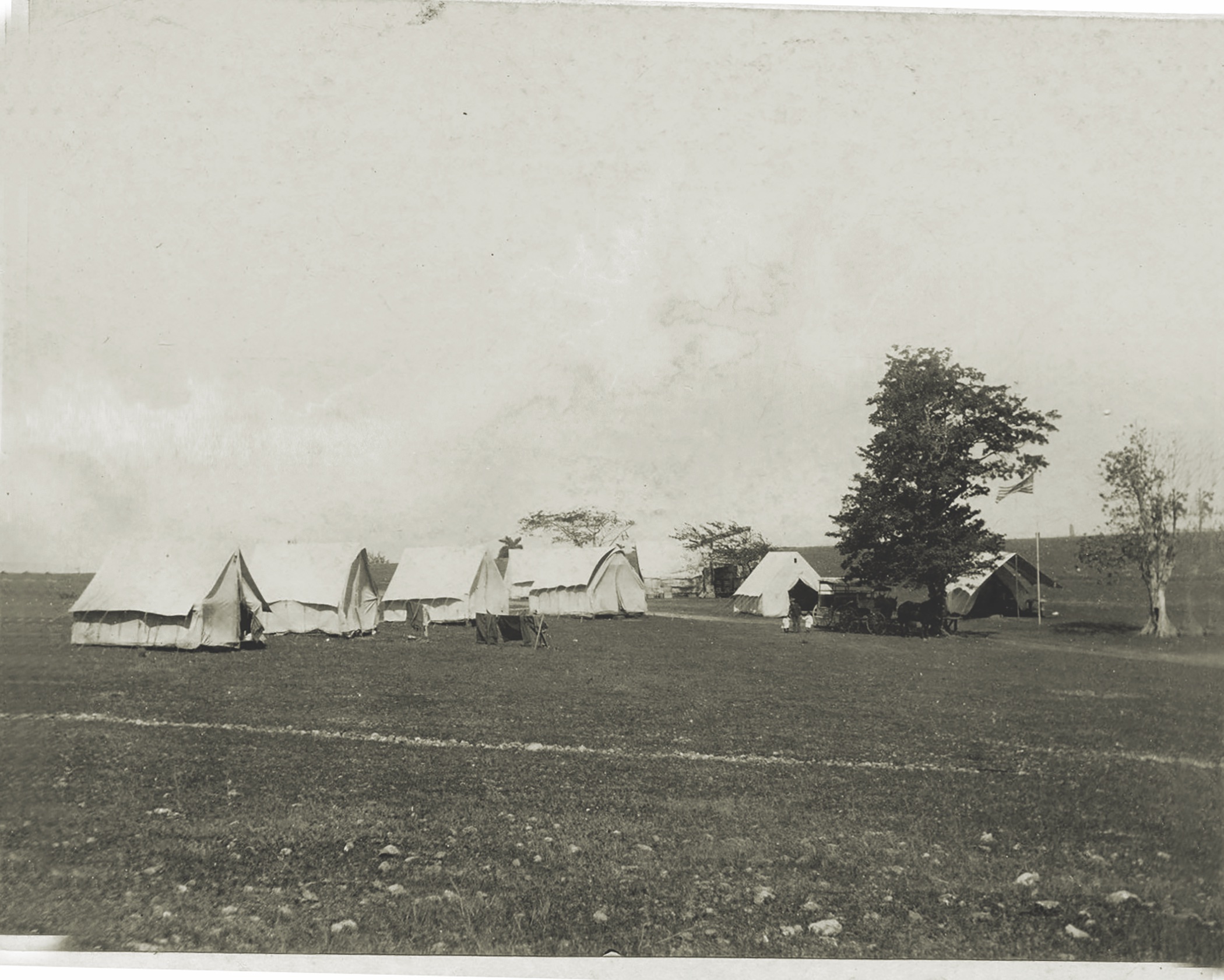
The understanding of infectious diseases had improved markedly over the preceding 10 years. On the basis of Pasteur’s early work on germ theory, and new methods for the cultivation and study of bacteria, “there had followed in rapid succession,” Welch wrote, “such important discoveries as those of the specific germs causing anthrax, tuberculosis, leprosy, glanders,…tetanus, pneumonia, typhoid fever, malaria, amoebic dysentery, cerebro-spinal meningitis, diphtheria, and a large number of animal diseases.”
In 1893, after another tour of duty out west, Reed was ordered to report to the Washington, D.C., office of U.S. Surgeon General George Sternberg, a noted bacteriologist. Reed was appointed curator of the Army Medical Museum (which later became the National Museum of Health and Medicine) and was made professor of bacteriology and clinical microscopy at the newly organized Army Medical School in Washington. Reed also joined the faculty of the Columbian University Medical School (later the George Washington University School of Medicine).
While performing these new assignments, Reed collaborated closely with Sternberg on a smallpox vaccine study and in 1895 observed an outbreak of malaria near the nation’s capital. The following year, Reed distinguished himself as a medical researcher when yellow fever broke out among U.S. Army personnel—enlisted men, but mysteriously, not their officers—stationed along the Potomac River. Popular belief held that the soldiers had contracted the illness by drinking river water. Reed proved to local officials that the filthy Potomac was not the cause of the outbreak. Instead, he showed them that yellow fever was somehow connected to the marshy woods that lined the river: The soldiers who had gotten sick were accustomed to hiking through them at night, while their officers remained in camp.
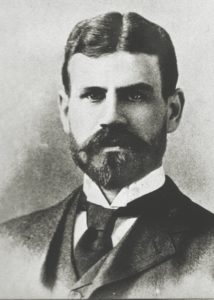
In April 1898, the United States went to war with Spain. In Cuba, revolts against Spanish rule had been roiling the island for 30 years. By the late 1890s, partly because of reports that concentration camps were being used to control the Cuban people, public opinion in the United States favored Cuban rebellion and independence. When the armored cruiser USS Maine exploded and sank in the harbor at Havana, Cuba, on February 15, 1898, with the loss of 260 sailors, American newspapers blamed Spain. On April 20, President William McKinley signed a joint congressional resolution demanding that Spain withdraw from the island and authorizing U.S. military intervention to aid the rebels. Spain, however, refused to leave Cuba. It declared war on the United States on April 24, and a day later the United States declared war on Spain. The 10-week conflict in the Caribbean and the Pacific—during which U.S. naval power proved decisive—led to Cuban independence, and the Spanish cession of Guam, Puerto Rico, and the Philippines to the United States for $20 million.
Although the war was short and relatively bloodless—only 332 Americans died in combat—the camps of the U.S. volunteer units, both in Cuba and at home, were notoriously disease ridden. Almost 3,000 soldiers succumbed to the various illnesses that had swept through the encampments like the reaper’s scythe. Yellow fever and typhoid fever had been far deadlier than Spanish bullets.
After the fighting ended in August, Sternberg made Reed the head of a board of officers charged with investigating the spread of typhoid fever in the stateside camps. Along with Majors Edward O. Shakespeare and Victor C. Vaughan, both of whom had studied U.S. typhoid outbreaks, Reed visited training camps in Alabama, Florida, Georgia, Pennsylvania, Tennessee, and Virginia. By examining each camp’s water supply, waste removal, and food preparation and distribution—and tracing the disease’s transmission—they showed that typhoid is both infectious and contagious. It seeped into the water and then spread among the soldiers because of poor hygiene. Infected bedding, left behind by departing soldiers, for example, quickly infected arriving soldiers who used it. Flies, too, carried the disease through the camps.
In a massive two-volume report, Reed’s “Typhoid Board” thus showed that the disease was spread by flies, as well as by humans, drinking water, and objects contaminated by fecal bacilli. The 46-year-old major now stood on the brink of his greatest service to medicine and mankind.
In May 1900, Reed was ordered to Havana and put in charge of the newly created Yellow Fever Commission. His team was composed of U.S. Army acting assistant surgeons. English-born James Carroll, who had a medical degree from the University of Maryland, was in charge of bacteriology. Jesse Lazear, a bacteriologist who had graduated from the medical school at the Columbia University College of Physicians and Surgeons, performed the laboratory work and soon also took over the handling of the experimental mosquitoes. Cuban-American Aristides Agramonte y Simoni, a specialist in tropical medicine who also had a medical degree from the Columbia University College of Physicians and Surgeons, conducted the pathological work.
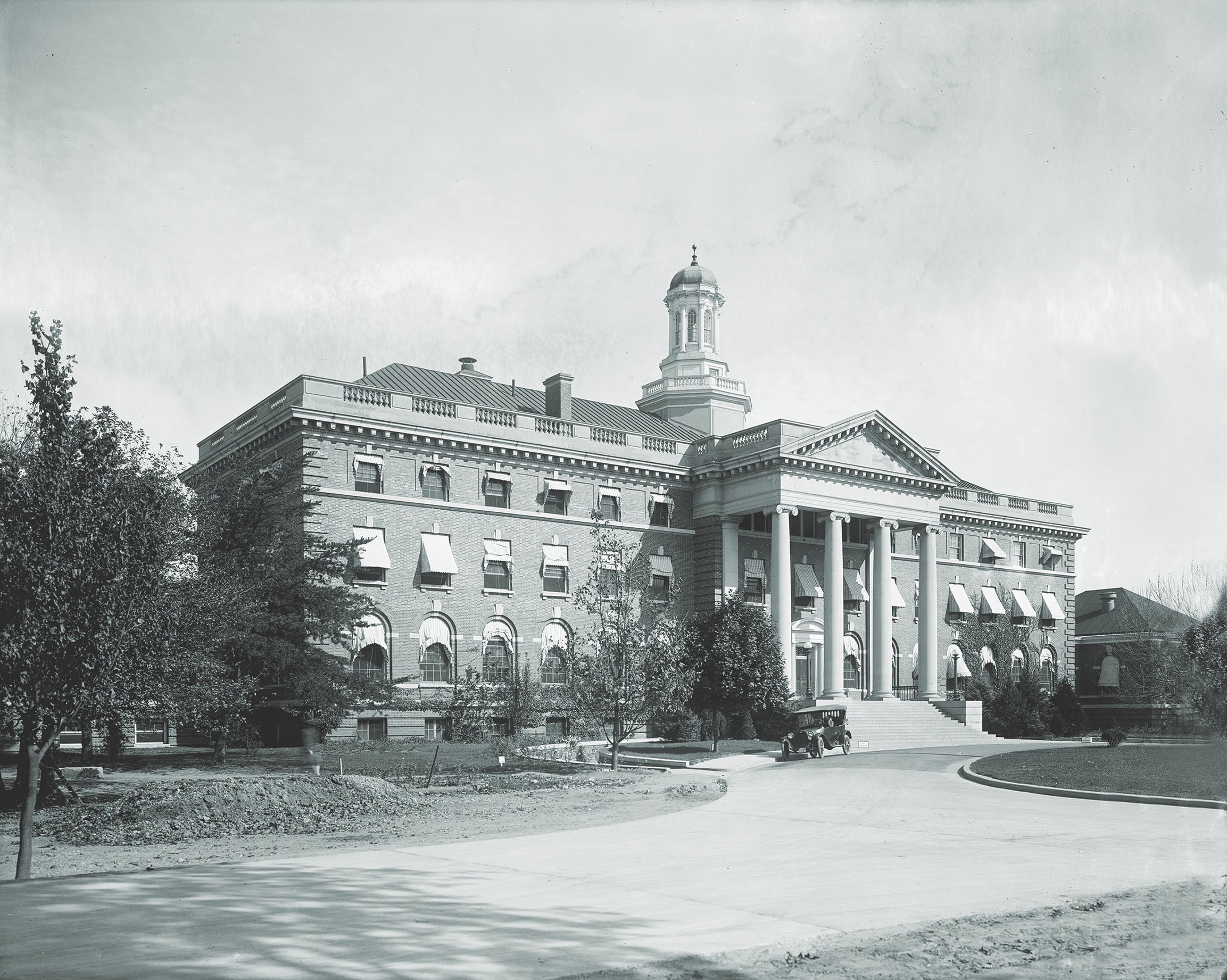
The “yellow plague,” as it was also called, had stricken many of the U.S. soldiers stationed in Cuba both during and after the war. While on the island, according to Reed, the army suffered 1,575 cases of yellow fever, causing 231 deaths. Over the years, the dreaded “Yellow Jack” had also been no stranger to cities in the United States. Reed estimated that from 1793 to 1900, the nation had been afflicted with 95 yellow fever epidemics. During that period 500,000 Americans had been infected, and 100,000 of them had died. New Orleans had been “the greatest sufferer,” Reed noted, with 41,348 deaths, followed by Philadelphia, with 10,038. Memphis, Tennessee, lost nearly 8,000 residents to four yellow fever epidemics in the 1850s and 1870s. “There were hours, especially at night,” a survivor of the city’s 1878 outbreak wrote, “when the solemn oppression of universal death bore upon the human mind, as if the day of judgment was about to dawn.”
A headache and sudden chills typically mark the onset of this viral scourge, followed by severe body pains, vomiting, and a high fever that may last for weeks. Kidney failure and liver disorder—which causes a sickly jaundice, after which the disease is named—are also common. Often these indications subside, a possible signal of recovery, but usually they return with full force, bringing with them internal bleeding and the horrible black vomit that results when stomachs filled with blood are voided.
Arriving at Columbia Barracks near Quemados, Cuba, in June 1900, Reed and his fellow researchers first set out to prove the theory proposed by Giuseppe Sanarelli, an Italian bacteriologist, that Bacillus icteroides, a bacterium of the hog-cholera group, was responsible for yellow fever. When they found no causal relationship, however, they decided to set aside the search for the specific agent and concentrate on how it was propagated.
Consequently, they turned to the hypothesis of Carlos J. Finlay, a physician in Havana who had graduated from Jefferson Medical College in Philadelphia. For 19 years, Finlay had argued that yellow fever was carried by the common house mosquito. “When the mosquito becomes contaminated,” he had written in 1881, “not only its eggs but also its salivary and venom glands may be invaded by the pathogenous germs, so that the latter may be discharged…when the insect attacks its next victim.” Because he was so far ahead of his time and because his hypothesis hadn’t been proved under laboratory conditions, the medical community spurned his work, laughingly referring to him as “the mosquito man”—the crazy Cuban who claimed that insects could carry yellow fever.
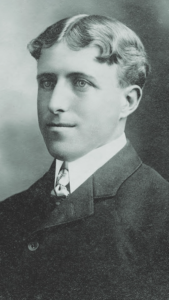
Reed’s team decided to test Finlay’s proposition with a bold experimental method: They would use human beings. “After careful consideration,” wrote Howard Atwood Kelly, another of the founding professors of Johns Hopkins Hospital, “the Commission reached the conclusion that the results, if positive, would be sufficient service to humanity to justify the procedure, provided, of course, that each individual…was fully informed of the risks he ran, and gave his free consent.” Two dozen men—soldiers at nearby Columbia Barracks and a few Spanish immigrants—bravely volunteered for this potentially fatal experiment.
The members of the commission, however, agreed that it was their duty to be subjected first.
With some tiny black mosquito eggs that Finlay provided, several insects were “reared in the laboratory,” according to Carroll, and “caused to feed upon four cases of yellow fever, two of them severe.” Carroll and Lazear courageously volunteered to be bitten by the infected mosquitoes, and both men promptly came down with the disease. “Thus it happened that I was the first person to whom the mosquito was proved to convey the disease,” Carroll later wrote. “Dr. Lazear was stricken and died in convulsions just one week later, after several days of delirium with black vomit.”
Saddened by the loss of one of his doctors, Reed was nonetheless proud to report the team’s finding to the Public Health Association at its meeting in Indianapolis on October 23, 1900. “The mosquito,” Reed told the gathering, “acts as the intermediate host for the parasite of yellow fever.”
To prove this definitively to the world, as well as to debunk the theory that the disease was transmitted via soiled clothing, required more experiments—tests performed under strict laboratory control. “It became evident that if further experiments were to be of permanent value to humanity,” Kelly wrote, “some means must be provided by which perfect control could be exercised over the movements of the individuals subjected to experiment for some time prior to inoculation, in order to exclude every possible source of infection except the mosquito.”
On November 20, 1900, Camp Lazear, a tightly quarantined experimental station named in honor of the valiant doctor, was established one mile from Quemados, and the two experimental shacks were constructed. In Building No. 1—known as the “Infected Clothing Building”—three volunteers spent 20 consecutive nights wrapped in befouled bedclothing. In Building No. 2—the “Infected Mosquito Building”—Private Kissinger allowed himself to be bitten repeatedly by infected mosquitoes. Within days he developed what is considered to be the first case of controlled experimental yellow fever. (Kissinger recovered and returned home to Indiana, only to suffer a 13-year paralysis of his legs—a side effect of his bout with yellow fever. Congress granted him a pension of $125 a month, supporters purchased him a home, and in 1929 he was awarded the Medal of Honor. Kissinger died in 1946.)
In the following weeks, in like manner, 20 more cases of the terrifying illness were produced. These results confirmed Finlay’s previously denounced theory. None of the volunteers who slept in the Infected Clothing Building contracted yellow fever. Exposure to contaminated fabrics posed no danger at all—a surprising conclusion because it ran contrary to longstanding popular belief. These findings, according to historian Philip Alexander Bruce, were “an epochal discovery in the history of preventive medicine.”
“It is with a great deal of pleasure that I hasten to tell you that we have succeeded in producing a case of unmistakable yellow fever by the bite of the mosquito,” Reed wrote in a letter to his wife. “Rejoice with me, sweetheart, as, aside from the antitoxin of diphtheria and [Robert] Koch’s discovery of the tubercle bacillus [the bacterium that causes tuberculosis], it will be regarded as the most important piece of work, scientifically, during the 19th century.”
Reed’s discovery would, in time, open “a new chapter in the history of vast regions of the tropics,” as Bruce put it. By controlling the mosquitoes’ breeding places, yellow fever was subsequently swept from the island of Cuba. In like manner, the Panama Canal Zone was later freed from the ravages of the death-dealing insect.
For his work, Reed was enthusiastically acclaimed throughout the scientific world. He now became the peer of Crawford Long, who had discovered anesthetics; Joseph Lister, who had first used antiseptics; and Edward Jenner, “the father of immunology,” the man who had pioneered the concept of vaccination.
In February 1901, Reed came back to Washington and returned to the classroom. He taught pathology and bacteriology at the Army Medical School as well as at the Columbian University Medical School. “He was a favorite with his students,” wrote biographer Ralph Nading Hill, “for he conveyed an enthusiasm for his subject that is the mark of great teachers.”
In the summer of 1902, Reed was awarded two honorary degrees: a doctor of law from the University of Michigan and a master of arts from Harvard University. The following November, Reed was made librarian of the surgeon general’s library. “Mental exertion, however,” wrote biographer L. N. Wood, “was becoming strangely painful to the alert mind that had always before approached it so buoyantly.” He continued to push himself, until finally, unable to conceal his waning strength from his wife, he consulted his doctor. It was already too late. On November 13 physicians diagnosed appendicitis. He underwent an appendectomy, but peritonitis had already set in. Reed died on November 23, 1902, and was buried at Arlington National Cemetery. He was only 51 years old.
After incorporating the mosquito-elimination measures recommended by Walter Reed’s Yellow Fever Commission, New Orleans—the American city that had lost the most citizens to Yellow Jack—suffered through only one more such epidemic in 1905. It was the last outbreak of yellow fever in the United States.
Named in his honor, Walter Reed General Hospital—founded in 1909 on 113 acres in the District of Columbia—was the U.S. Army’s premier medical facility for more than 100 years. During its time on the front line of medical service, it treated more than 150,000 active and retired military personnel. Its successor, Walter Reed Army Medical Center, operated from 1977 to 2011, when the Army dedicated Walter Reed National Military Medical Center, a massive hospital complex, on the grounds of the National Naval Medical Center in Bethesda, Maryland.
“When his great work was accomplished,” Mrs. Reed wrote after her husband’s death, “the happiness which filled his soul was entirely for the suffering he would spare humanity. He rejoiced that he had not lived in vain, and that God had seen fit to make him an instrument of good.” MHQ
Rick Britton, a historian and cartographer, lives in Charlottesville, Virginia.

